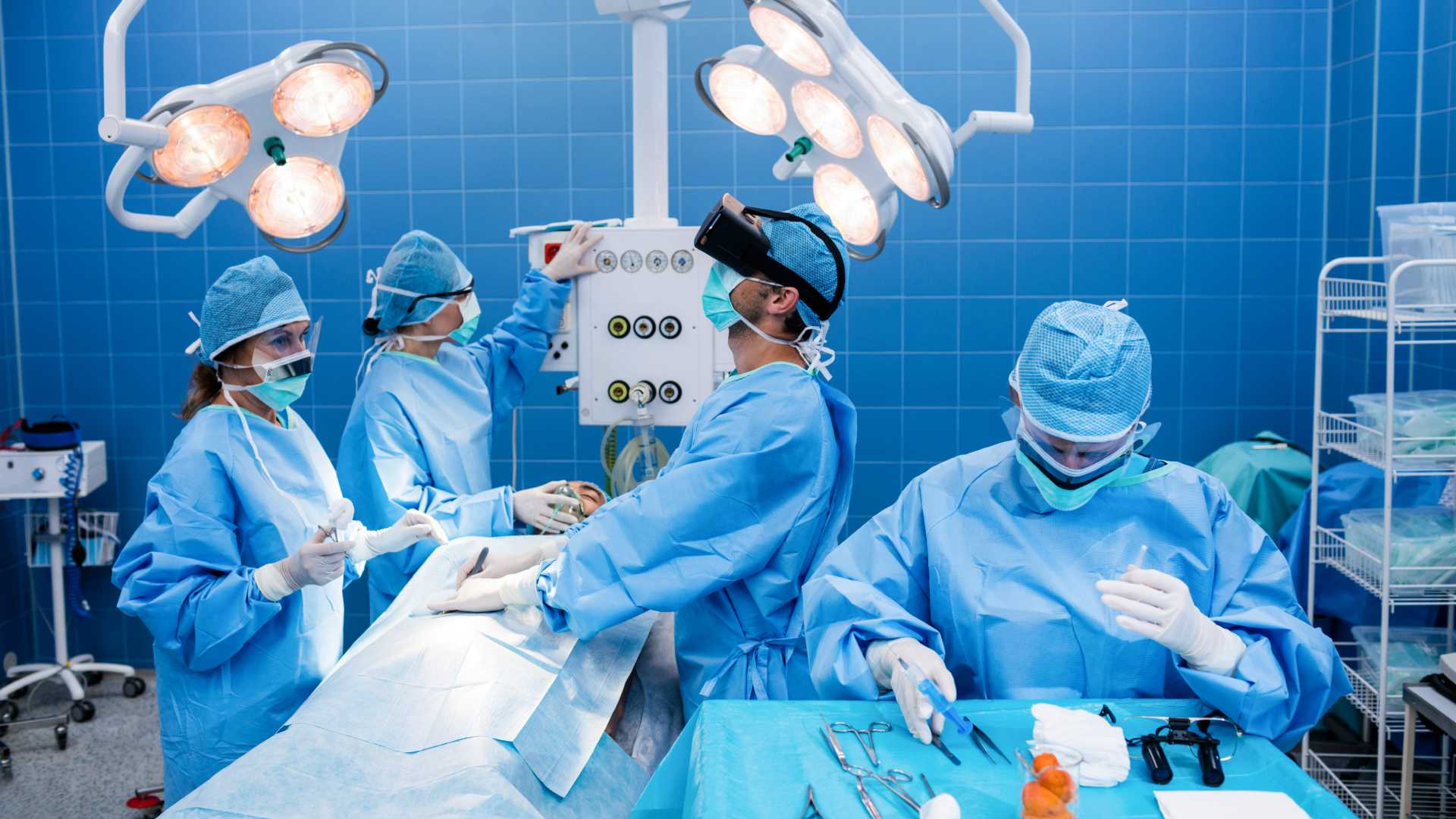A 2016 study by Johns Hopkins Medicine estimated that more than 250,000 deaths each year are caused by medical errors in the U.S., making it the third leading cause of death in this country. In a 2008 survey of American College of Surgeons members, almost 10 percent “reported concern they had made a major medical error in the last three months.” And in a review of surgical malpractice claim information from 1990 to 2010, researchers found that “more than 4,000 preventable mistakes occur in surgery every year at a cost of more than $1.3 billion in medical malpractice payouts,” as WebMD reports.
Clearly, medical mistakes have a high financial cost and, more importantly, a high human cost. To help mitigate this risk and improve patient outcomes, hospitals and surgical device companies can look to virtual reality (VR) training as one solution. While in general, the industry is on uncertain ground when it comes to using VR, it’s becoming clear that in industries where training is expensive, the work is difficult to replicate and mistakes can be costly, VR can be an effective – and cost-effective – solution.
“My own surgical skill was only ever assessed once,” says Justin Barad, MD, co-founder and CEO of Osso VR. “When I was interviewing for residency, they had me play the board game Operation, and that’s the most sophisticated technical assessment I’ve ever had.”
To create realistic, low-risk training for surgeons, Barad co-founded Osso VR in 2016. Since then, the company has raised $2.4 million in venture capital, hired 17 full-time employees and won the U.S. Department of Education’s EdSim Challenge. This fall, Osso VR announced a partnership with the Medical Sales College to offer VR training to orthopedic device sales reps-in-training.
Medical sales reps provide technical assistance to surgeons during procedures and are, therefore, expected to be experts on the devices and tools they sell. Surgeons, says Barad, are “becoming increasingly reliant on the rep to inform them of what to do during the surgery, especially if something goes wrong. The rep needs to know how to do the surgery almost better than the surgeon.” He says that surgeons who train in VR perform more than twice as well as surgeons who don’t; the combination of VR-trained surgeons and VR-trained reps, then, should create a safer operating room.
“Getting this hands-on experience, learning what a surgeon will see and feel is the real value to the representative. This can only be instructed through the use of cadaveric specimens, sawbones or, now, the use of VR,” says Jim Rogers, CEO of Medical Sales College. “VR can effectively replace the needed experience while reducing costs and time required.”
VR can also replicate the environment of an operating room, which Barad says can be loud, bloody and overwhelming for a new rep (or surgeon). Providing hands-on experience in a realistic environment prepares surgeons and sales reps for surgery in a way that no other training can – and in a way that’s much safer than practicing on real patients.
Rachel Lanham, general manager of enterprise VR company Pixvana, calls this replication of real life one of VR’s superpowers. “Experiencing something in VR has similar effects as actually experiencing it,” she says. “Your brain is making memories.” One of Pixvana’s partners, for example, trains workers for frontline health care jobs and is “piloting VR modules that expose trainees to situations like dealing with a patient that is violent, suicidal or overdosing” – situations you can’t really imagine without experiencing them.
VR is worth the investment, say Barad and Lanham, pointing out that both recall and retention are usually better for VR training than for lecture or self-guided e-learning. “You’re basically increasing the efficiency of these courses by increasing the ultimate adoption rate afterward, and also decreasing the number of courses needed, or the number of cadavers needed,” says Barad.
If your executive team needs convincing, Lanham recommends “starting with a well-defined pilot with a clear analytics plan comparing VR test groups to the status quo method. As with any emerging technology, a test and scale approach builds confidence and allows each enterprise to determine how VR fits best into their overall training and development curriculum.”
The primary goal for any medical organization, whether it’s a hospital or a company that manufactures surgical tools, is patient health and safety. While the cost savings from adopting VR might be significant, ultimately, if it saves lives, it’s worth it.









